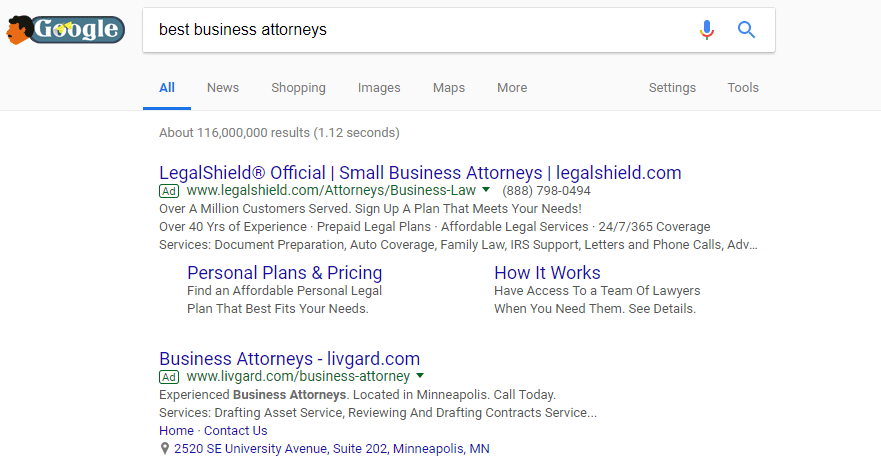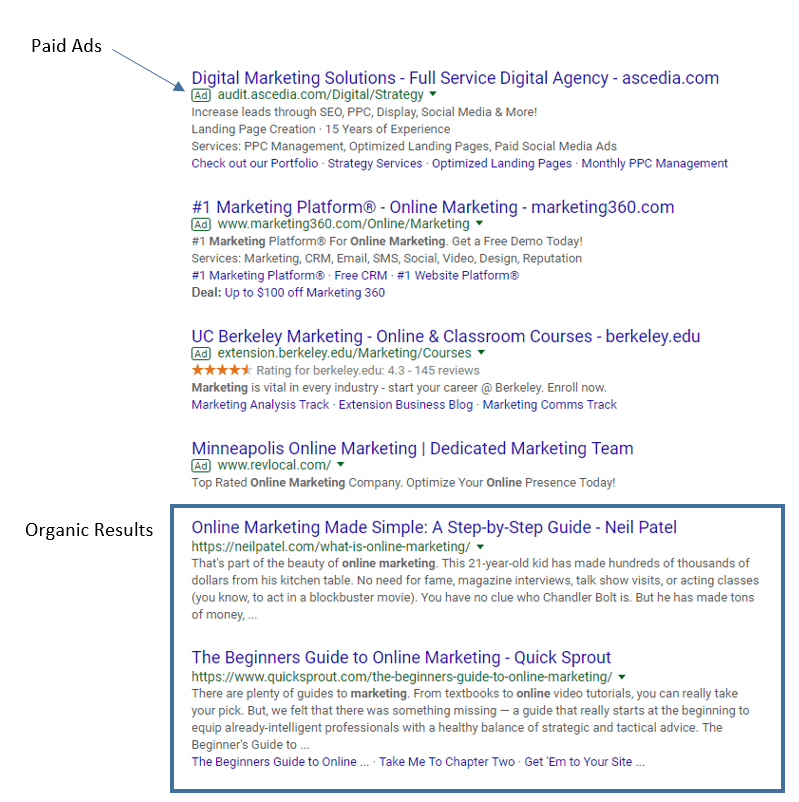You hear it all the time from people who have recently left a job: “I liked the work I did, but I didn’t love the culture.” Or someone who’s envious of a company’s image will say: “how do I work for a company with a culture like that?” To each person, “a culture like that”—one they view as ideal—is going to be a little different. So how can you create a one-size-fits-all workplace culture that will satisfy the most employees and keep them happy, healthy, and productive? Here are five simple steps to improve the overall culture and energy of your workplace.
1. Having an environment people want to work in
Working from home is all the buzz right now. While it’s true that employees should be trusted to work from home, companies should strive to create an environment people want to physically work in every day. While a brand-new work-space isn’t always feasible for companies, continually updating your work-space is important. By investing in new carpet, a fresh set of paint, or maybe even new desks, employees will feel revitalized in their work-space. Your employees are spending a third of their day in the office, so make it an area they want to be in. For our part, Parqa just moved into a new office space with stand-up desks, walking treadmills, and a wellness room—all amenities that keep us refreshed so we can bring better ideas and better attitudes to the table.
2. Invest in your employees’ health
Speaking of healthy employees, a healthy employee is a happy, more productive employee! And it doesn’t need to be costly to show your employees you value their wellness. You can offer gym membership reimbursements (that often align with your employees’ health insurance), provide healthy options when ordering food for meetings, and offer sit/stand desks to show your team you’re invested in their health. Our personal favorite health benefit at Parqa: Fitbit Challenges. All employees were given Fitbits, and challenges are held every month. This not only encourages employees to get their steps in and stay fit, but also builds a comradery amongst team members who may not always cross paths on a normal day. There’s nothing quite like bragging rights when you’re the winner in the office.
3. Growing the family
When employees spend 40+ hours away from home and their loved ones, families should be made to feel as if they’re apart of the work family too. This could be as simple as inviting them to holiday parties, including them in company picnics or summer barbecues, or just encouraging they stop by the office for lunches or happy hours. To create a culture people want to work in, it should feel like an extension of your personal life. This will encourage people to be in the office more often, and not make them want to ‘run as soon as 5 pm hits.’
4. Fun, fun, fun
Every month there should be a time when people are encouraged to leave their desks for a few hours during the workday and just enjoy the company of coworkers. This can be anything from a March Madness party to an offsite fundraiser that benefits a local charity. We have a “fun committee” with our sister company, Versique, that plans plenty of fun new events for our teams to look forward to. Your company isn’t going to go under just because people spend 3 less hours on work that week; trust that your employees want to get their work done and treat them to a celebration every now and then! They’ll be more relaxed, feel appreciated, and more motivated to get things done.
5. Live and breathe your brand
No matter how many of these things you try to add to your workspace, employees won’t embrace the culture until you and the rest of the executive team do. This starts from the top down. An encouraging attitude about your work is contagious; but one bad apple can spoil the fun. Be mindful of the energy you bring to every meeting, conference, and interaction you have: you spend so much time at work that if you’re not living and breathing the positive values you want your business to embody, what’s the point?
In conclusion, setting a fun and positive workplace culture can mean the difference between happy, productive employees and pent-up resentment and conflict. We all thrive and do better when we feel valued, balanced, healthy, and inspired.













